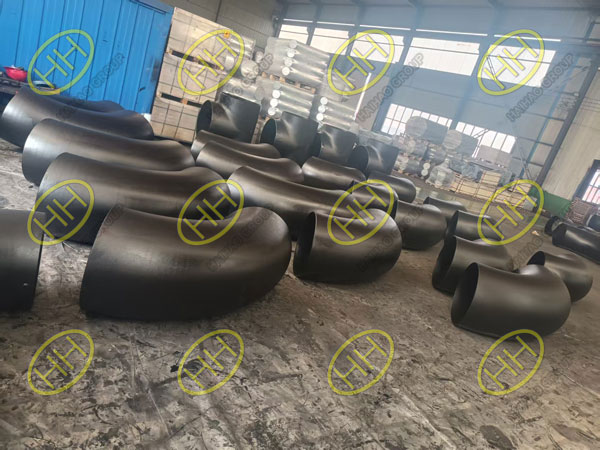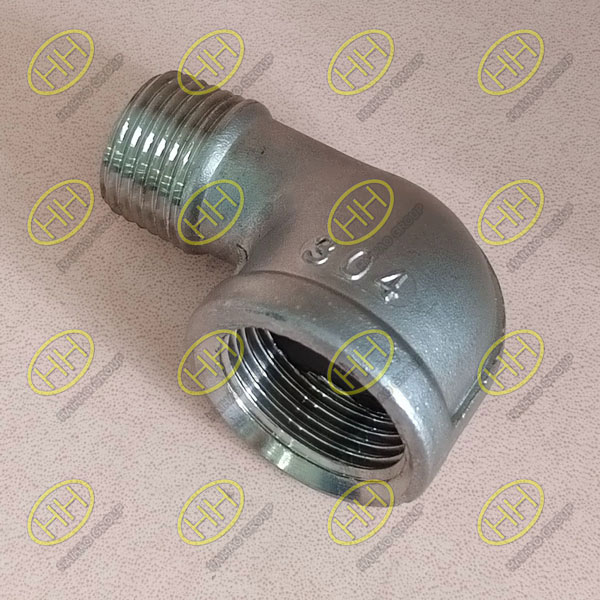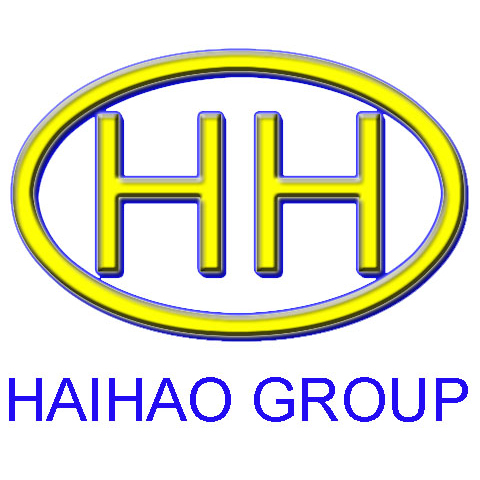What’s the difference between a 90-degree elbow and a street elbow?
When planning a piping system, selecting the right type of elbow fitting is crucial for efficiency, durability, and ease of installation. Two widely used fittings for changing flow direction by 90 degrees are the standard 90-degree elbow and the street elbow. While they serve the same directional purpose, their connection types, installation requirements, and application scenarios differ significantly.
In this article, we’ll break down the differences between a 90-degree elbow and a street elbow in detail to help you choose the most suitable fitting for your next project.
1.Understanding the 90-Degree Elbow: The Standard Workhorse
A 90-degree elbow is a standard pipe fitting that achieves a precise 90-degree change in flow direction. Its defining characteristic is that both of its ends are designed to connect to a pipe or another fitting of the same nominal size. This often means both ends are butt-weld, socket-weld, or threaded (female), depending on the specific type of 90-degree elbow. It’s the most common and versatile elbow for general pipe redirection.

ASME B16.9 A234 WPB LR 90 degree elbows produced by Haihao Group
Key Features and Design:
Diverse Connection Types: 90-degree elbows are available in a wide array of connection methods to suit various piping systems and pressures:
Butt-Weld:This is extremely common for larger diameters and high-pressure, high-temperature applications. Both ends have a beveled edge designed to be welded directly to the pipe, forming a seamless, robust, and permanent joint.
Socket-Weld:Used for smaller pipe diameters (typically NPS 4 or less), where the pipe is inserted into a recessed “socket” on both ends of the elbow before being fillet welded. This provides a strong, leak-proof joint.
Threaded:Features internal (female) threads on both ends, allowing it to screw onto male-threaded pipes or nipples. Common in residential plumbing, fire protection, and low-to-medium pressure industrial applications.
Flanged:Less common as a standalone elbow, but flanged elbows exist for bolted connections in specific systems.
Symmetrical Design: Generally, both ends of a standard 90-degree elbow are identical in size and connection type, allowing for consistent installation.
Standards: Manufactured precisely to industry standards such as ASME B16.9 (for wrought butt-weld fittings), ASME B16.11 (for forged socket-weld and threaded fittings), MSS SP-43 (for specific stainless steel butt-weld fittings), ensuring dimensional consistency, material quality, and pressure ratings across a vast range of sizes (from fractions of an inch to several feet in diameter).
Materials: Widely available in materials like carbon steel, various grades of stainless steel (304, 316), alloy steel, brass, and PVC, chosen to match the piping system and conveyed media.

304 Threaded Street Elbow
2.Understanding the Street Elbow
A street elbow, often referred to as a male-female elbow fitting, is a specialized type of 90-degree pipe elbow that features two different end connections: one end is male-threaded (MIP), and the other end is female-threaded (FIP). This mixed-end configuration is what sets it apart from a standard 90° elbow, which has matching ends on both sides.
The street elbow’s unique design allows for direct connection between two dissimilar interfaces—for example, screwing the male end directly into a valve, tee, or female-threaded equipment port, while the female end accepts a male-threaded pipe or fitting. This direct-to-component connection makes the street elbow especially valuable in complex or space-constrained installations.
Structural Features
Asymmetrical End Design: One end acts like a plug (male thread), the other like a socket (female thread), eliminating the need for an additional nipple or coupling.
Threaded Convenience: Available primarily in NPT or BSP thread standards, ensuring compatibility with global pipe systems.
Material Range: Commonly manufactured from carbon steel (ASTM A105), stainless steel (SS304/316), brass, or forged steel, with optional surface treatments for corrosion resistance.
Functional Advantages
Direct Connection
The male-threaded end of the street elbow can be screwed directly into another fitting, such as a valve outlet or the branch of a threaded tee. This eliminates the need for intermediate adapters like hex nipples or couplings, which not only reduces cost but also installation time.
Space Efficiency
Because the street elbow acts as both a directional fitting and a connection interface, it’s highly suitable for installations where space is tight—such as wall-mounted systems, compact manifolds, or inside control panels and equipment housing.
Reduced Leak Points
Fewer joints mean fewer potential leakage points. In systems where sealing integrity is critical (e.g., high-pressure steam, chemical delivery, hydraulic loops), this reduction in connection count enhances long-term reliability.
Installation Simplicity
Especially beneficial in field installations or retrofit projects, the street elbow simplifies the connection sequence. This makes it a preferred choice for piping contractors looking to optimize workflow and minimize assembly time.
3.90-Degree Elbow vs. Street Elbow: A Technical Comparison
| Feature | Standard 90° Elbow | Street Elbow (Male-Female Elbow) |
| Connection Type | Both ends are the same. For example: • Female Thread x Female Thread (FIP x FIP) • Male Thread x Male Thread (MIP x MIP) • Socket Weld x Socket Weld (SW x SW) • Butt Weld x Butt Weld (BW x BW) • Socket x Socket | One end is female threaded (FIP), the other end is male threaded (MIP). |
| Appearance | Symmetrical on both ends. | One end appears as a “socket” (female thread), the other as a “plug” (male thread). |
| Primary Function | Changes the direction of the pipeline by 90 degrees. | Also changes the direction of the pipeline by 90 degrees. |
| Key Difference / Advantages | • Standard structure, highly versatile. • Requires additional fittings (e.g., nipples, couplings) when connecting dissimilar threaded parts. | • Direct connection: – Male end can be threaded directly into valves, tees, or equipment ports. – Female end accepts male-threaded pipe or fitting. • Space-saving: – Eliminates the need for extra fittings such as hex nipples. – Ideal for tight installations (e.g., near walls or inside equipment). • Fewer leak points: – Fewer joints may reduce leak risk. |
| Installation Method | Usually requires additional fittings: – FIP x FIP elbows need two male-threaded pipes and nipples. – MIP x MIP elbows need female-threaded fittings to connect. | More direct installation: – Male end threads directly into target port (valve, tee, etc.). – Female end connects to male-threaded pipe or fitting. |
| Typical Applications | Used when a 90° turn is required, and both connecting interfaces are the same type or space allows for added fittings. | Ideal when: – Direct connection to valves, tees, or equipment ports is needed. – Space is limited and extra fittings cannot fit. – Reducing the number of joints is preferred. – Installing pipe directly from a wall-mounted fitting. |
| Cost Consideration | Elbow cost may be slightly lower, but often requires additional fittings (e.g., hex nipple). | May cost slightly more than a standard elbow, but saves cost and labor by eliminating one fitting and its installation. |
| Common Names | 90° Elbow, 90 Degree Bend, Elbow | Street Elbow, Male-Female Elbow, Threaded Street Elbow, Single-Thread Elbow |
4.Partner with Haihao Group for Certified Pipe Fittings
At Haihao Group, we understand the critical impact that every fitting has on the integrity and performance of your piping infrastructure. With extensive expertise in advanced pipe fitting manufacturing and supply, we offer a comprehensive range of high-quality directional fittings designed to meet the most demanding industry standards.
Contact Haihao Group today to request a quote or get expert technical advice tailored to your project’s unique requirements.

